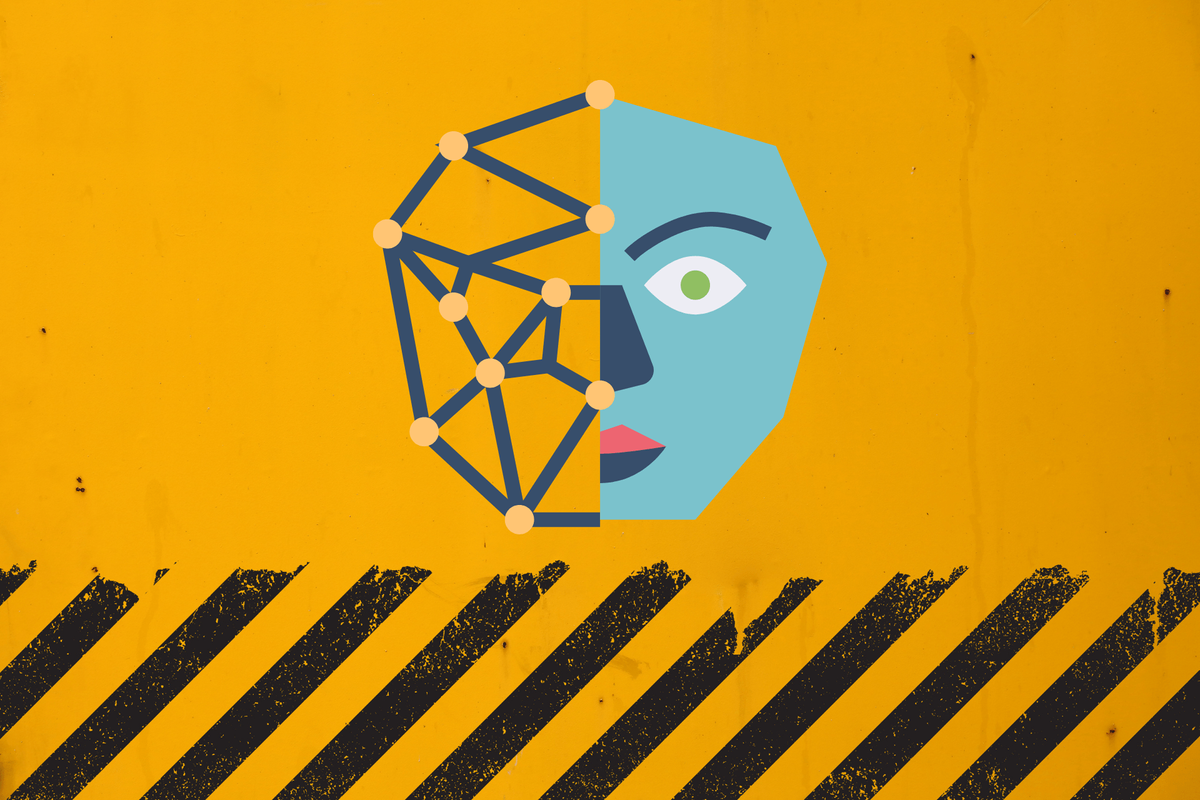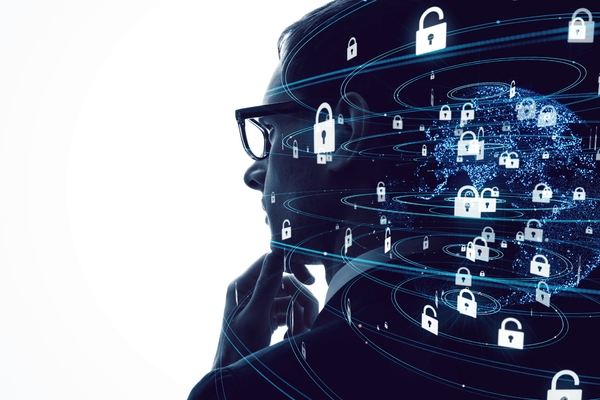Unmasking the Danger: The Rising Threat of Deepfake Technology
Deepfake technology poses significant risks by creating highly realistic fake media, threatening individuals, businesses, and society. Mitigating these threats is crucial.

In an era where digital manipulation is becoming increasingly sophisticated, the Threats of Deepfake Technology looms large. Deepfakes, which are synthetic media created through advanced artificial intelligence algorithms, pose significant risks to individuals, businesses, and society as a whole. In this article, we delve into the alarming implications of deepfake technology and explore strategies for mitigating its threats.
Deepfake technology has rapidly evolved in recent years, enabling the creation of highly realistic videos and audio recordings that are virtually indistinguishable from genuine content. This advancement has profound implications for various sectors, including politics, entertainment, and cybersecurity.
What is ‘Exactly’ Deepfake Threat? How Does It Work?
Deepfake utilizes artificial intelligence algorithms to create highly convincing synthetic (fake) media, such as videos and audio recordings, by manipulating existing images, videos, or audio clips. Essentially, deepfake technology enables the substitution of one person’s face or voice with another’s, often with startling accuracy. In simple Deepfake is nothing but creating fake audio or video using AI. This could be anything. For example, a famous actor delivering a political speech that they never actually gave, a senior company executive to trick employees into transferring funds or disclosing sensitive information, or even a porn video of a famous film star.
How It Works:
- Data Collection: Deepfake algorithms require a substantial amount of data to create realistic manipulations. This typically includes hundreds or thousands of images or video clips of the target individual whose likeness will be used in the deepfake.
- Training the Algorithm: Using machine learning techniques, the deepfake algorithm analyzes the collected data to understand the facial or vocal nuances of the target individual. It learns how the target moves, speaks, and expresses emotions.
- Manipulation: Once trained, the algorithm can manipulate the target’s face or voice in real-time. For instance, it can superimpose the target’s face onto a video of another person or alter the target’s voice to mimic someone else’s.
- Rendering the Deepfake: The manipulated media is then rendered into a final video or audio file, which appears remarkably authentic to the human eye and ear.
In 2018, a deepfake video created by filmmaker Jordan Peele and Buzzfeed featured former President Barack Obama delivering a public service announcement on the dangers of deepfake technology. The fabricated video, with Peele providing the voice impersonation, went viral, igniting conversations about the potential misuse of synthetic media for political propaganda and misinformation.
Deepfake Threats and Impacts
Deepfake technology represents a sophisticated and potentially harmful tool for manipulating media content, posing serious risks to individuals, businesses, and society as a whole.
The Threat to Individuals: One of the most immediate dangers posed by deepfake technology is its potential to undermine trust and credibility. Individuals may find themselves falsely depicted in compromising or incriminating situations, leading to reputational damage or even legal repercussions. Furthermore, deepfakes can be used for malicious purposes such as harassment, extortion, or spreading misinformation.
The Impact on Businesses: Businesses are also vulnerable to the threats of deepfake technology. Fraudulent videos or audio recordings could be used to impersonate executives or manipulate financial markets, causing significant financial losses and tarnishing brand reputation. Moreover, deepfakes have the potential to disrupt operations, sow confusion among employees, or deceive customers.
Societal Implications: At a broader societal level, the proliferation of deepfake technology threatens to erode trust in media and democratic institutions. Misinformation spread through deepfake videos could exacerbate social divisions, undermine public discourse, and fuel conspiracy theories. Additionally, deepfakes may be weaponized for political manipulation, election interference, or propaganda campaigns.
The internet was recently abuzz with a Deepfake video featuring the renowned Indian actress, Rashmia Mandana. This video depicted the actress in an entirely different or inappropriate portrayal, diverging significantly from her usual persona.
Building Resilience Against Deepfake Threats
To combat the escalating risks posed by deepfake technology, proactive measures must be taken on multiple fronts. Firstly, there is a pressing need for enhanced technological solutions to detect and authenticate digital content. This includes the development of robust algorithms and tools capable of identifying deepfakes with high accuracy, thereby enabling swift action to mitigate their impact.
Moreover, collaboration between technology companies, policymakers, and cybersecurity experts is essential to establish clear guidelines and regulations governing the creation and dissemination of synthetic media. By implementing stringent policies and legal frameworks, it becomes possible to hold perpetrators of malicious deepfake activities accountable and deter future incidents.
Additionally, media literacy initiatives play a crucial role in empowering individuals to critically evaluate the authenticity of online content. By educating the public about the existence and potential risks of deepfake technology, individuals can become more vigilant consumers of digital media and less susceptible to manipulation.
Furthermore, fostering a culture of transparency and ethical responsibility among content creators and distributors is paramount. This entails promoting ethical practices in the creation and sharing of media content, as well as fostering transparency regarding the use of deepfake technology in various industries.
Ultimately, mitigating the threats posed by deepfake technology requires a multifaceted approach that combines technological innovation, regulatory measures, education, and ethical standards. By addressing these challenges comprehensively, we can work towards safeguarding the integrity of digital media and preserving trust in online information sources.
Conclusion
As deepfake technology continues to advance, the threat it poses to individuals, businesses, and society cannot be understated. From undermining trust and credibility to fueling misinformation and social unrest, the repercussions of deepfakes are far-reaching. By adopting a proactive approach that combines technological innovation, regulatory intervention, and public education, we can mitigate the risks posed by deepfake technology and safeguard against its harmful effects.





